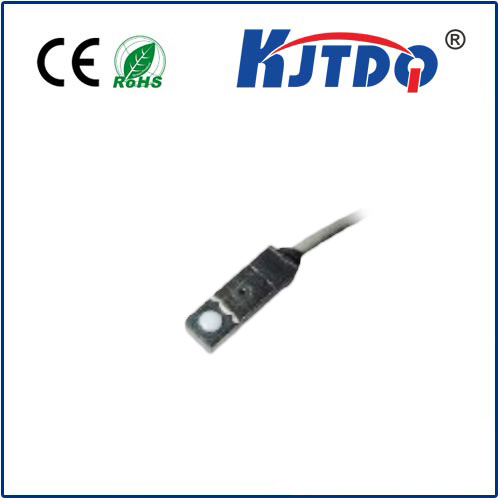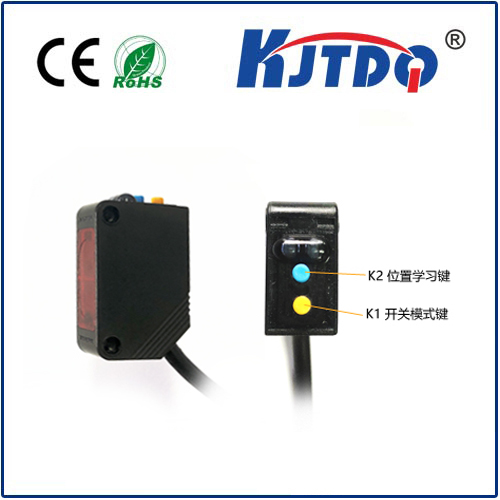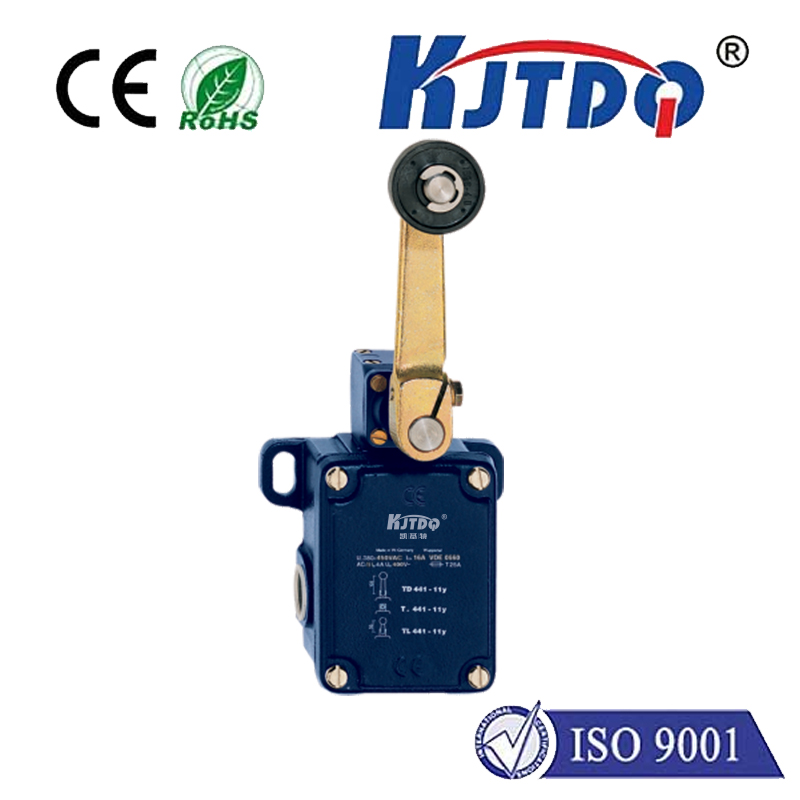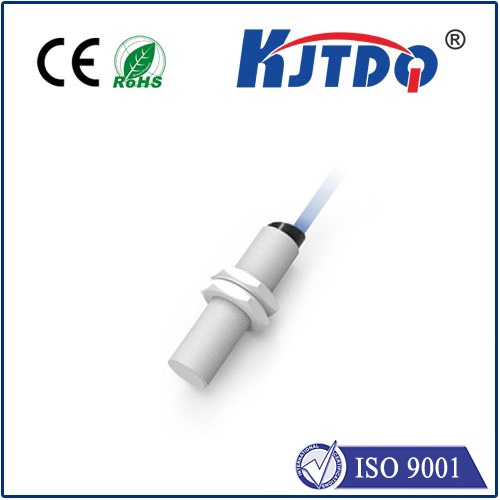
check

check

check

check
Title: Unleashing the Power of Raspberry Pi 5: When Limit Switch Meets Innovative Technology
The release of the latest Raspberry Pi 5 by the Raspberry Pi Foundation marks a significant milestone in the evolution of single-board computers. More than a simple hardware update, it symbolizes a substantial leap forward in the realm of accessible, educational technology. The new model boasts not only an enhanced SoC but also introduces native PCIe connectivity and a physical power button, features that further broaden its already impressive capabilities.
Raspberry Pi, known for its mission to inspire computer science education through affordable hardware, was first launched back in 2012. The original aim of the foundation was to facilitate learning through practical engagement with programming and hardware. Over the years, each iteration of the Raspberry Pi has doubled down on this ethos, offering increased processing might and flexibility. The Raspberry Pi 4, for instance, featured a Broadcom BCM2711 SoC with four Arm Cortex-A72 cores running at 1.5GHz, providing a fourfold increase in performance compared to the first generation.
The newly released Raspberry Pi 5 cranks up this dial even further with a Broadcom BCM2712 SoC that incorporates four Arm Cortex-A76 cores clocked at 2.4GHz. Each core benefits from dedicated 512KB of L2 cache, while the group shares 2MB of L3 cache. This boost in specifications translates into a two to three-fold improvement in overall performance, ensuring smoother execution of more complex tasks and programs.
One notable addition to the Raspberry Pi 5 is the inclusion of a limit switch, showcasing the foundation’s dedication to expanding the toolkit available for makers and educators. This versatile component allows users to monitor the position or presence of an object, acting as a vital input signal for controlling mechanical systems like robotic arms or automated manufacturing lines – a testament to Raspberry Pi's commitment to practical, hands-on learning.
Moreover, the integration of a limit switch opens up new horizons for projects involving Internet of Things (IoT) solutions, where sensor inputs are crucial. For instance, a smart greenhouse project could use limit switches to control ventilation based on window positions, all while being monitored and controlled via a Raspberry Pi 5.
As the Raspberry Pi Foundation continues to innovate, the recent announcement of its upcoming listing on the London Stock Exchange reflects the commercial success stemming from its educational focus. With a valuation potentially reaching £540 million, it’s clear that the foundation’s impact extends well beyond classrooms and maker spaces.
In conclusion, the launch of the Raspberry Pi 5 is more than just an upgrade—it’s a continuation of the foundation’s mission to democratize technology education. By integrating components like the limit switch, the Raspberry Pi 5 paves the way for more interactive, engaging, and educationally rich projects. The future of Raspberry Pi looks bright, and so does the future of tech education it champions.









